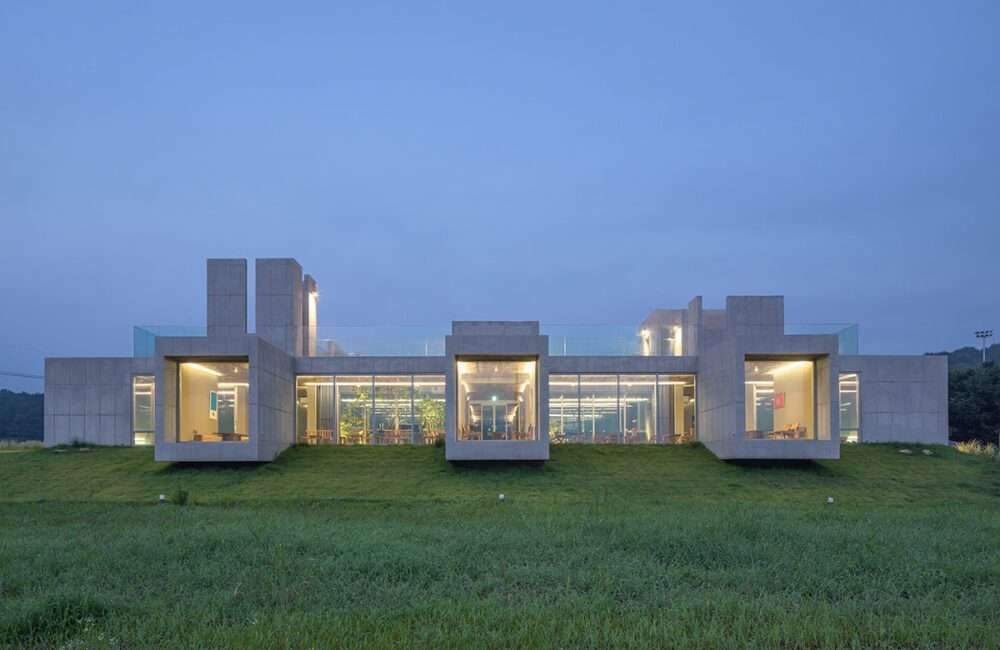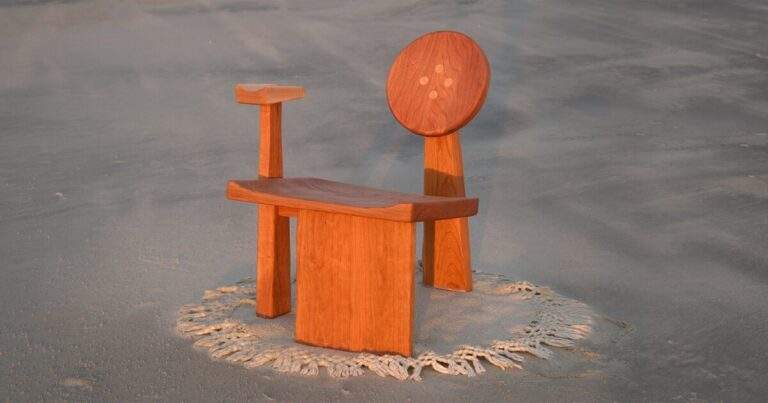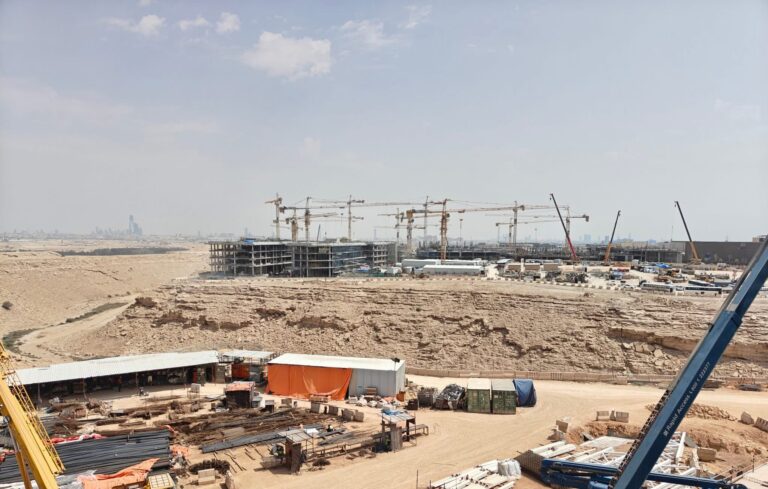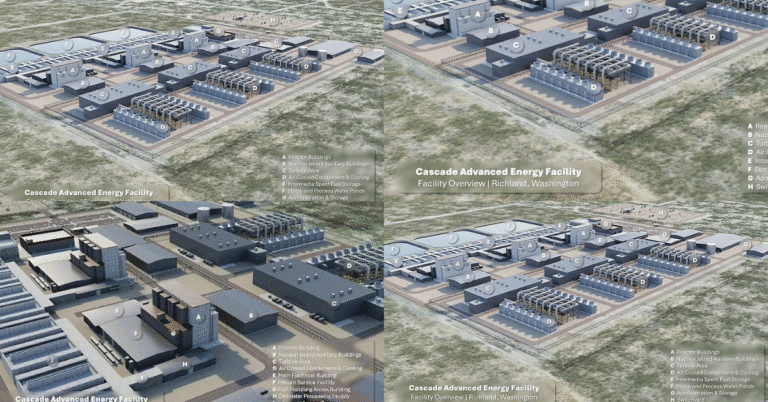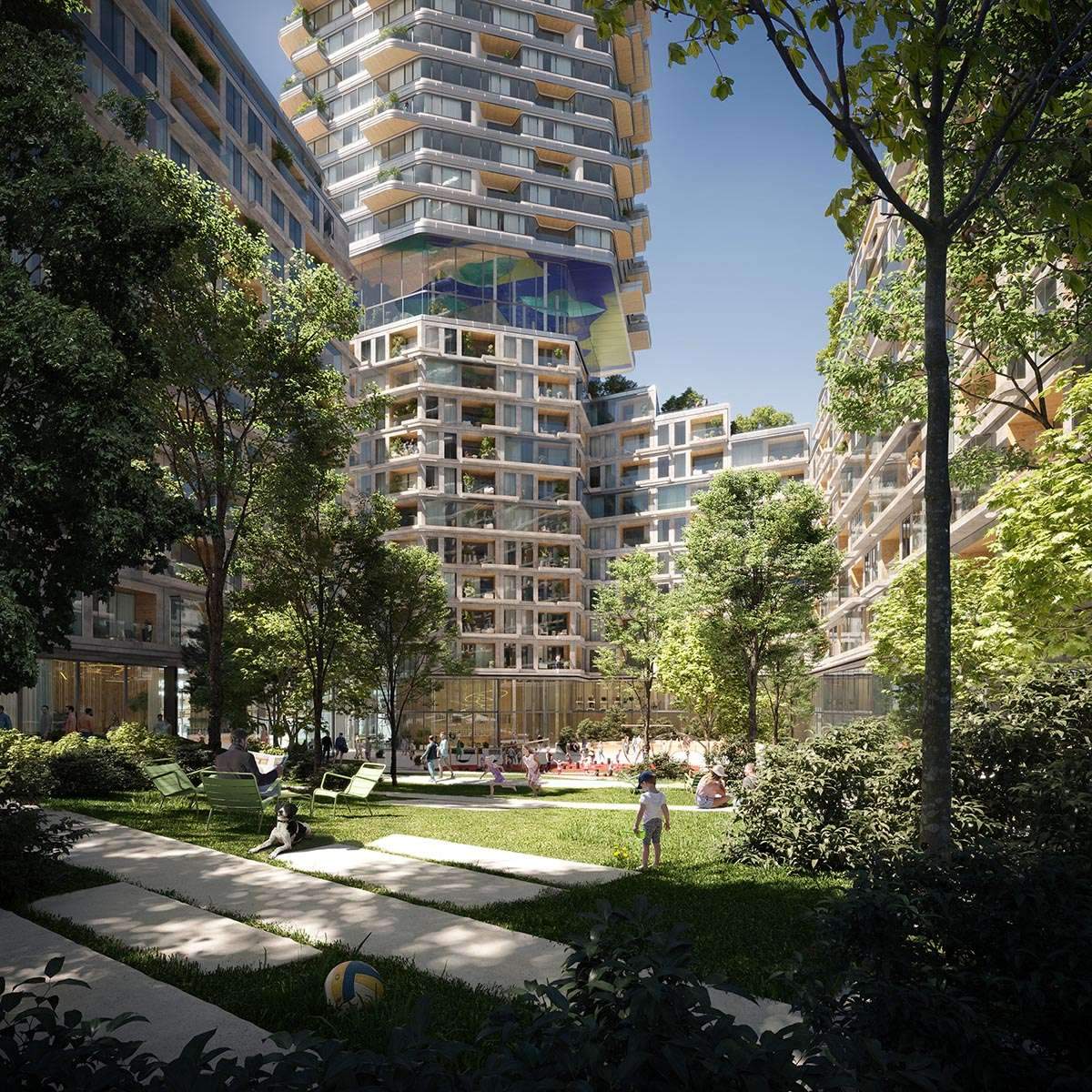Design of a café using lattice concrete boxes in South Korea
Design of a café using lattice concrete boxes in South Korea,
A series of concrete boxes are arranged in a grid plan to create a café.
Aiming to evoke such a “feeling of straw-woven space” in Icheon-si, South Korea.
The 428 square meter building, named NONSPACE, is designed
By Korean architecture firm On Architects Inc.
To renovate a local village famous for growing rice and flowers.

Operating as a café, the project is built as an experimental multicultural facility, or “through space”,
This enables interactions between diverse cultures in response to the progression of populations in the region.
A cross-cultural term known as indiscretion
At Architects Inc. Woven “cross spaces” at the intersections between the width and depth orders.
As explained by the company, each cross space has the possibility of extensions for different programs.
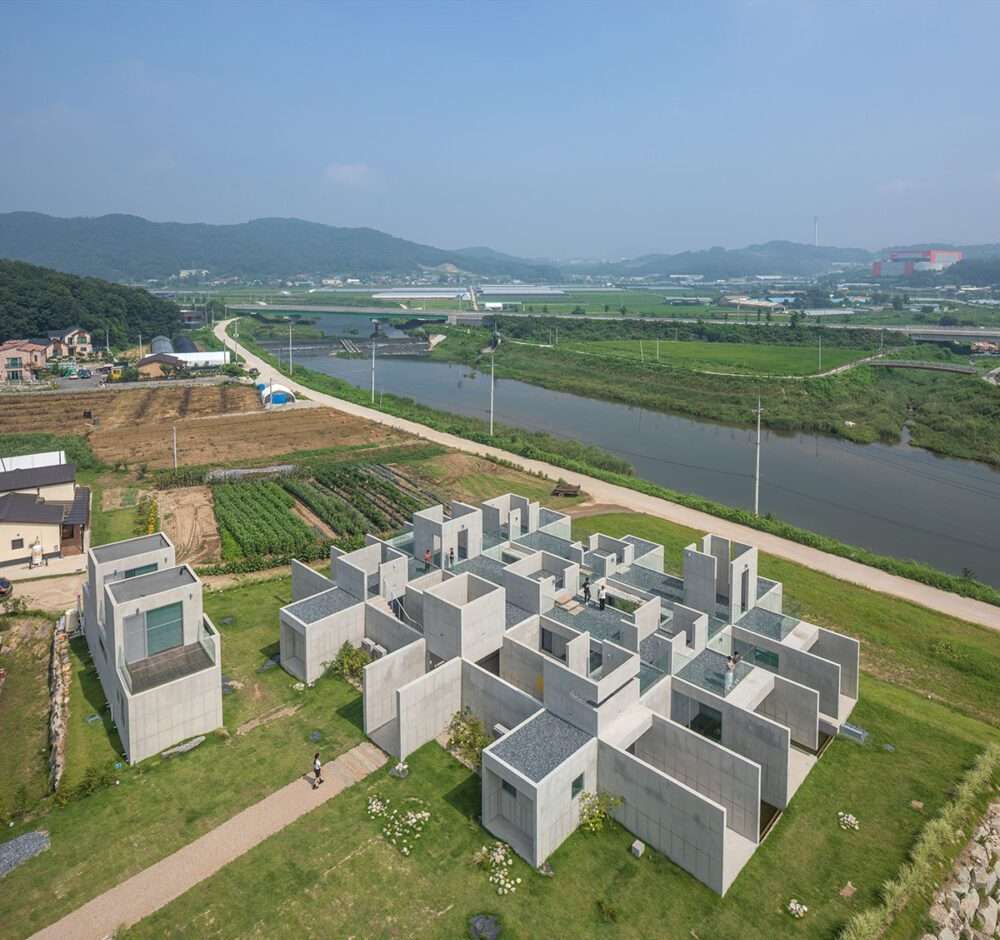
The studio describes the building as a ‘differentiated experimental space’ rather than focusing on a global physical space, which is why it takes its name NONSPACE.
The studio said: “The aim is to be a spatial platform for a local private sector cultural complex that goes beyond the functions of ordinary commercial spaces,
It entices cultures to merge and interact with each other as part of the process of creating the new.”

“Cross-spaces created in orders of width and depth will produce a new variety of cross-cultures in an expandable way.”
Exposed rice straw concrete
The studio experimented with exposed concrete construction with rice straw to produce an interior atmosphere in which “one felt as if one had entered a space woven from straw”.
“Before pouring the concrete, bundles of rice straw were placed in the shape of a slab and soaked with water as it absorbs the moisture of the concrete,” the studio added.
“The shape and beams were eventually removed,
while the rice straw stuck in the concrete remained. Over time, the atmosphere of the space will still change as the straw changes.”
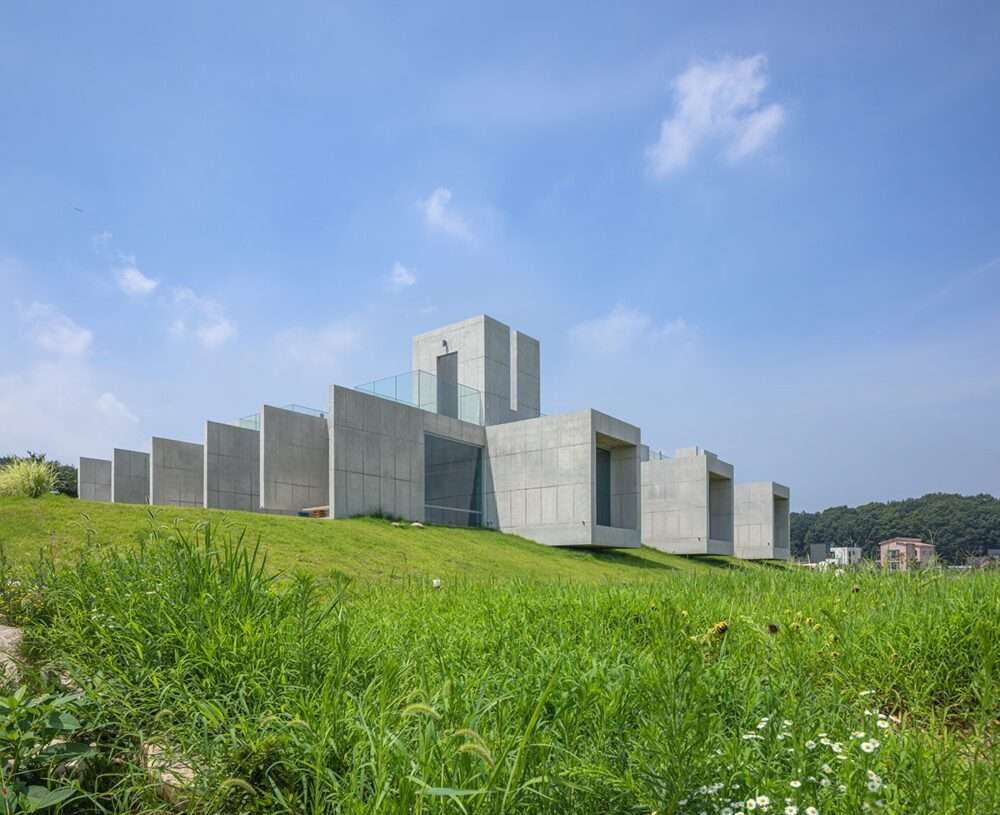
The building addresses the five senses
When visitors enter the intersecting space at the entrance, they can feel the changing sky and wind,
They could sense the presence of water by the gushing sounds coming out of a hole in the floor.
Water provides an auditory pleasure that goes beyond just a visual device.
Inside, the service spaces are divided into two opposite sides,
And the source of the water sounds becomes visually clear.

With trees for all four seasons, visitors discover another empty space that provides a visual sense of openness with the rocky landscape.
The olfactory receptors are activated by the smells of food and drinks prepared in the service area.
By walking in the inner space, you can encounter different elements of nature:
opening and closing, contraction and expansion, brightness and darkness.

